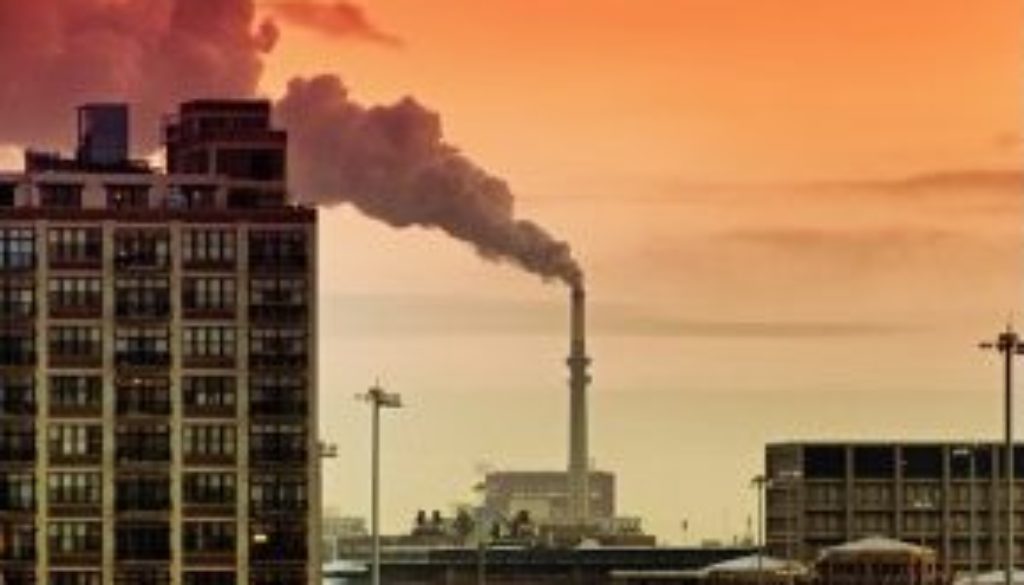At Last, Polluters Must Pay
By Amanda Goodin and Jan Hasselman, Earthjustice
Time and time again, we’ve seen big industrial polluters emit toxic pollution that poisons the people and ecosystems nearby. And time and time again, we’ve seen these polluters walk away from the bill, leaving taxpayers to fund the cleanup and communities to live with the contamination.
That’s not right.
But there’s good news. In a groundbreaking Earthjustice victory following nearly eight years of litigation, the D.C. Circuit Court of Appeals ordered the EPA to get moving on rules that will break this cycle. Once finalized, the rules will help ensure that the worst industrial polluters are on the hook for their own messes. By making sure they know they won’t be able to pass the buck to the taxpayers when the time comes, companies will have every reason to clean up their act and avoid making such a mess in the first place.
The EPA must make these rules under the authority of the so-called “Superfund” law, passed by Congress in 1980 in response to the growing threat of leaking and abandoned toxic waste sites like Love Canal in New York state. The law sought to allocate funding to clean up the many horribly contaminated sites already in existence. But it also sought to reduce the risk of creating new sites in the future.
To that end, the law directed the EPA to create rules requiring “financial assurances” from the nation’s dirtiest industries. Financial assurances include bonds, insurance or other financial mechanisms that ensure that the companies most likely to make toxic messes will be able to pay to clean them up if something goes wrong. This keeps the financial burden of cleanups—which can cost hundreds of millions of dollars—off the backs of taxpayers.
More importantly, these financial assurances have been shown to significantly reduce pollution because they provide huge incentives to manage hazardous waste safely in the first place. The rules could require a billion-dollar insurance policy for, say, a gold mine using the riskiest techniques likely to leave a legacy of mercury and cyanide onsite, while a more modest policy would be required for a facility using state-of-the-art pollution controls and prevention techniques. Such rules upend the traditional economic incentives to cut corners.
Under the Superfund law, the EPA was required to take the first step in this important rulemaking process in 1983. Instead, it did absolutely nothing—for decades. In the meantime, the law’s dedicated tax on oil and chemical companies expired, and the Superfund fund went bankrupt. Though Congress appropriated some money for cleanup of Superfund sites from general tax revenues, the level of funding was drastically cut, meaning cleanups were delayed even further.
But the EPA continued to stall. An initial Earthjustice victory in 2008 forced the EPA to issue findings on the industries most likely to create these toxic sites. The EPA found that hard rock mines, coal plants, oil refineries and chemical manufacturing facilities were the worst of the worst—the most likely to create the biggest messes. The EPA even found that in some cases, these companies intentionally set up parent and subsidiary corporations so that the profits from industrial facilities could be funneled to the parent company, but when time came to clean up the mess, the subsidiary could declare bankruptcy and walk away, leaving the public with the bill.
And yet, even after these findings, the EPA continued to delay. So Earthjustice went back to court. After years of litigation, fiercely resisted by both the EPA and industry groups, the U.S. Court of Appeals for the D.C. Circuit has finally broken the logjam. The court agreed to enforce a schedule for the EPA to finish the long-delayed rules.
One in four Americans lives within three miles of a hazardous waste site. Three to four million children, who face developmental risks from exposure to environmental contaminants, live within one mile of a hazardous site. The EPA’s National Priorities List—the most dangerous Superfund sites—includes over 1,300 entries. We have decades of work ahead of us, costing billions of dollars, to clean up these places and protect the people who live near them. With this court order, the EPA will finally take an important step toward shrinking this list, not growing it.
This ruling will make a real difference for people who live near industries using hazardous chemicals and for remote and wild places where mining and other practices have devastated the environment. Now, the battle is likely to shift from the courts back to Congress; polluters have lots of champions that are likely to try to gut the new rules. Stay tuned to see how you can help us defeat them, too.

